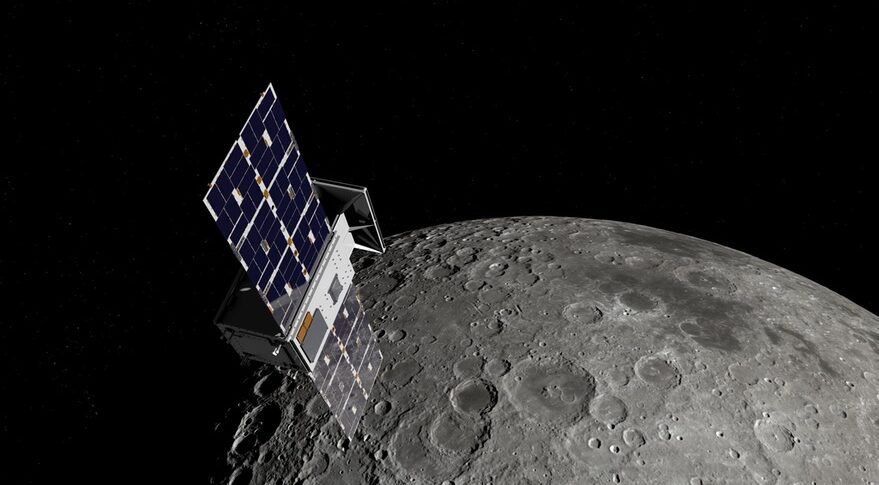در سه مطلب قبلی که با موضوع معرفی مقالات حوزه فناوری ساخت و طراحی تاسواره ها ارائه شد، مقالات زیر معرفی شدند:
معرفی فناوری تاسواره و کاربردهای آن
CubeSat System Structural Design
CubeSat design for LEO-based Earth science missions
پیشتر نیز در وبسایت مجله اینترنتی SpaceRobot گفته شد که هدف از این معرفیها آشنایی ابتدایی با انواع مقالات حوزه طراحی تاسواره می باشد، و هدف دیگر نیز ایجاد بستری متشکل از انواع مقالات با موضوع طراحی و توسعه تاسوارهها (ماهوارههای مکعبی، CubeSats) است. ترجیحا کسانی که قصد دارند به صورت تخصصی در این حوزه فعالیت نمایند نیاز به مطالعهای فرارتر از این مقالات خواهند داشت.
در ادامه معرفی مقالات حوزه طراحی و ساخت تاسوارهها، در این پست یک مقاله کاربردی با عنوان “طراحی بهینه چارچوب پیکوماهواره برای محاسبات در تحلیل و شبیهسازیها” ارائه خواهد شد. با مجله اینترنتی فناوری فضایی و رباتیک SpaceRobot همراه باشید.

مشخصات مقاله
این مقاله با عنوان “Design Optimization of Pico-satellite Frame for Computational Analysis and Simulation” در پایگاه ResearchGate منتشر شده است، در چکیده این مقاله آمده است:
“Abstract: In this research work, a structural optimization methodology is applied to generate a Frame model that meets CubeSat Design Standards. The frame is further subjected to software simulation that encapsulates worst case launch scenarios. The validity of the frame design has been demonstrated by quasi-static and modal analyses, with the results being verified analytically using direct stiffness approach. All subsystems in this study were modelled as remote masses at their Centre of Gravity (C.G) positions, considering their Moments of Inertia (M.I). The mass location analysis was done for a presumed internal configuration with the subsystems arranged such that the Centre of Gravity (C.G) and Moment of Inertia (M.I) values satisfy the launch vehicle constraints. The mass of the proposed structure has been reviewed to meet design mass requirements of a picosatellite structure as a subsystem with a mass less than 20 per cent of overall design mass of 1.33kg. The frame is modelled to bear the on-board electronics without transferring significant load to these delicate electronics that represent different subsystems. The failure analysis of the final structure design indicates very infinitesimal resultant displacement of 1.573 x 10-2mm which is far less than a millimetre and a Factor of safety of 2.06. The minimum natural frequency for the first mode of free vibration of the final design structure obtained to be 199.32 Hz indicating very high structural stiffness. The worst-case harmonic and random vibration analyses have been performed on the frame-PCBs assembly. The maximum structural responses- displacement and stress- at critical points on the Printed Circuit Boards (PCBs) yielded 3.733 x 10-4mm and 98666.7N/m2 respectively for harmonic excitation. and 1.715 x 10-1mm and 33090298N/m2 respectively for random vibration. The peak stress values compared to material yield stress indicate that the subsystems would remain safe under severe launch loading conditions.”
” بخشی از چکیده: در این پژوهش یک روش بهینهسازی ساختاری برای ایجاد یک مدل چارچوب که استانداردهای طراحی تاسواره را برآورده می کند، اراده شده است. چارچوب در شبیهسازیهای نرمافزاری تحت بحرانیترین شرایط (سناریوها) قرار خواهد گرفت و اعتبار طرح نیز با تحلیلهای شبه استاتیکی و تحلیل مودال نشان داده خواهد شد. تمام زیرسیستمها در این مقاله به عنوان تودههای با فاصله از موقعیت مرکز ثقل (C.G) مدلسازی شدهاند. حداقل فرکانس طبیعی در اولین مود این طرح ۱۹۹.۳۲ Hz که نشان دنده سختی ساختاری (structural stiffness) بسیار بالایی می باشد.”
این مقاله در پایگاه ResearchGate منتشر شده است با کمک لینک زیر می توانید به مقاله دسترسی پیدا کنید.












میشه درمورد طراحی مدارهاشون هم مقاله بذارید؟
سلام،درخواست شما بررسی و برای نویسنده سایت ارسال شد.